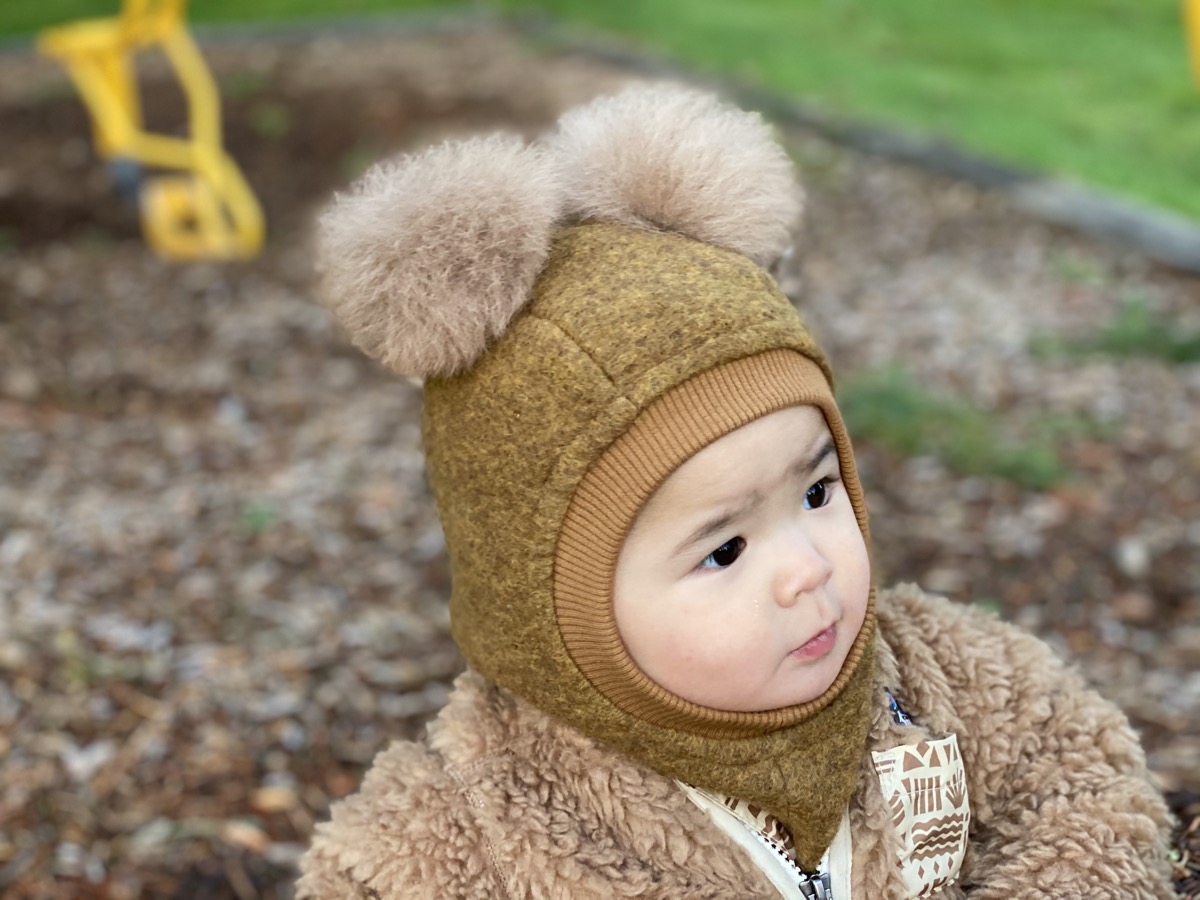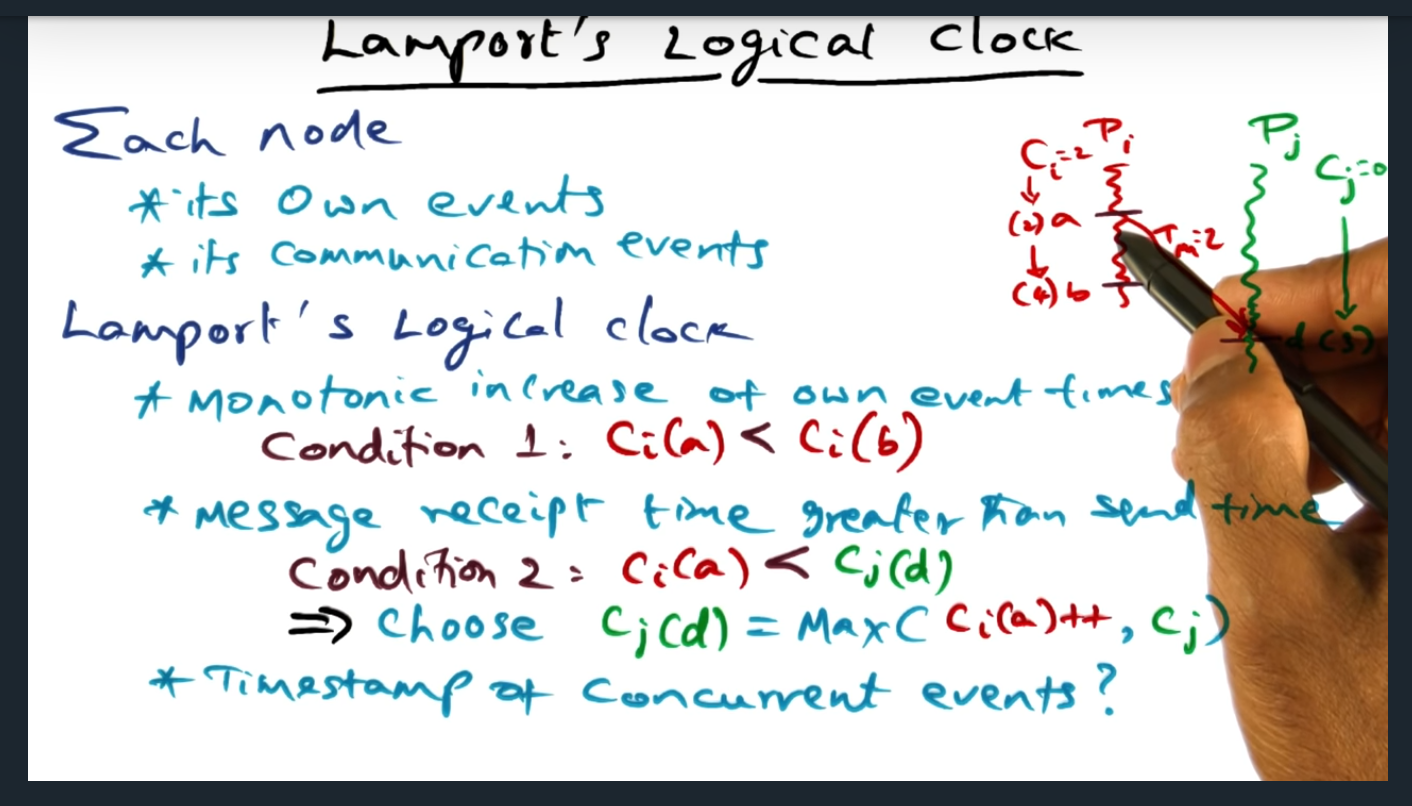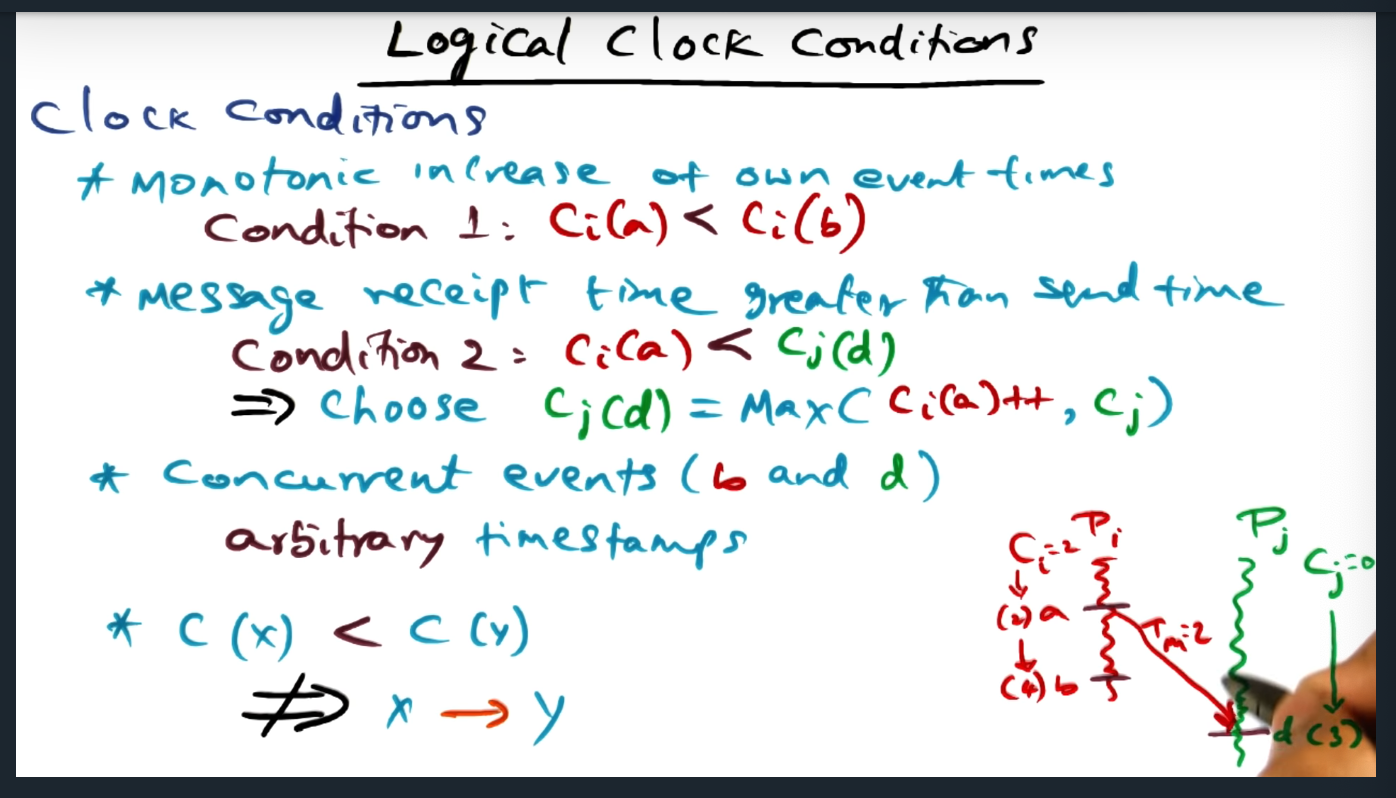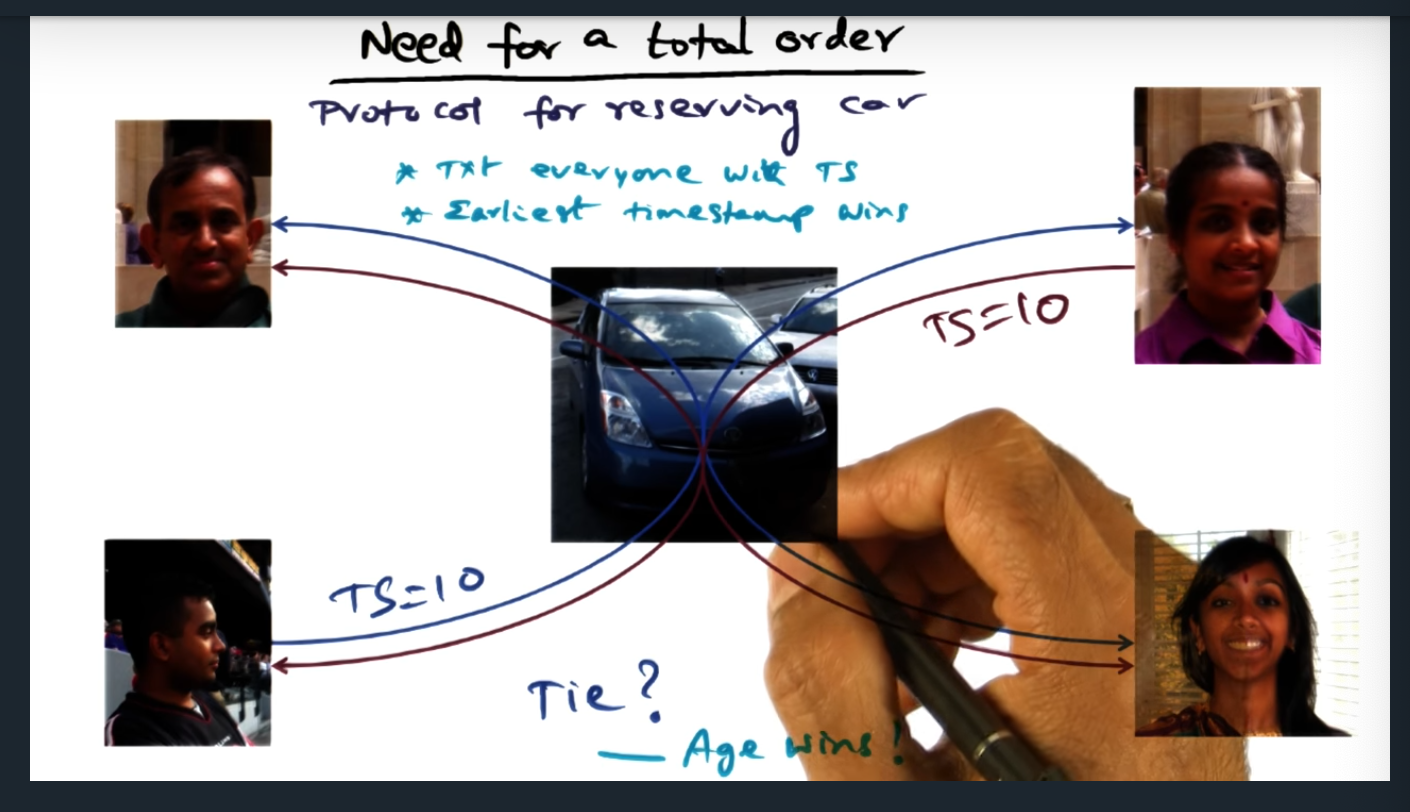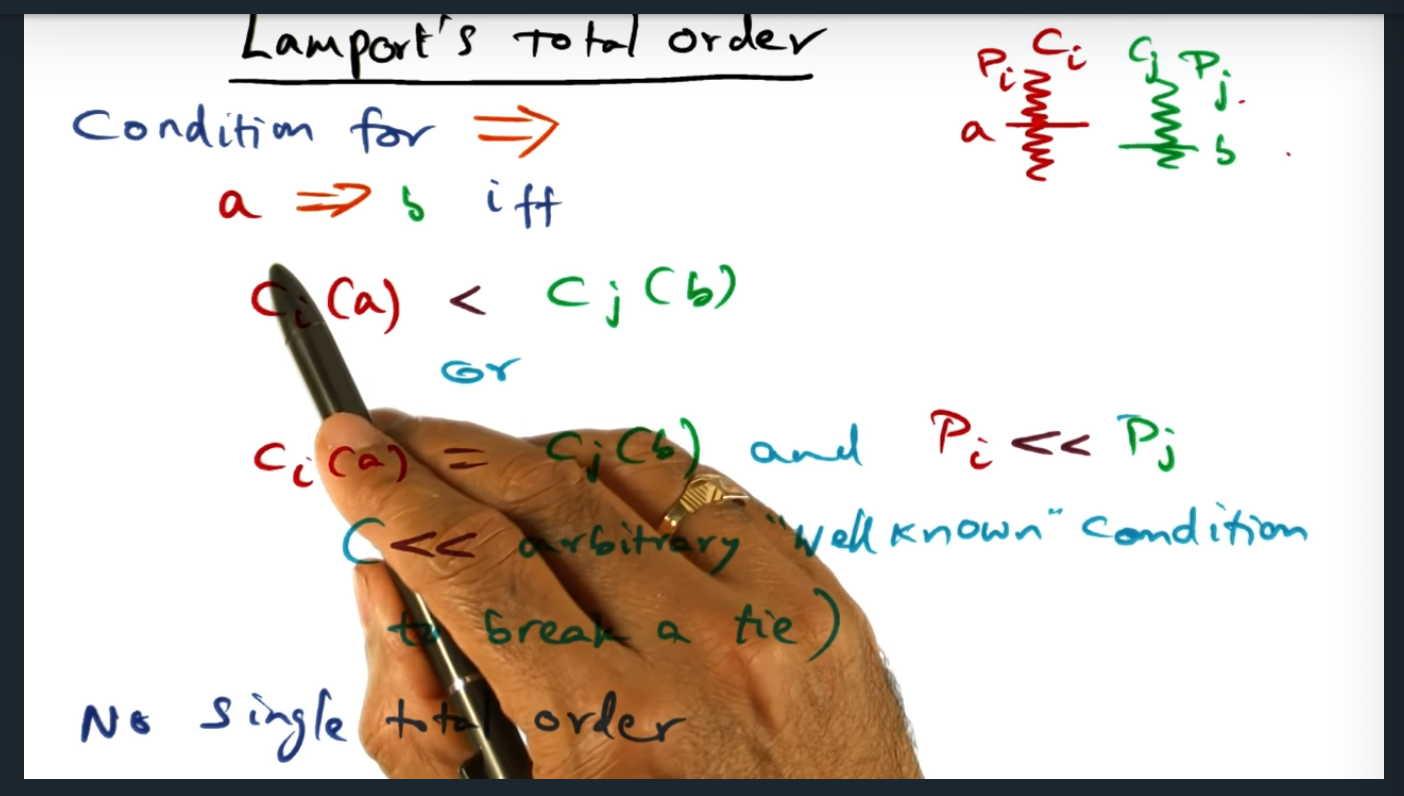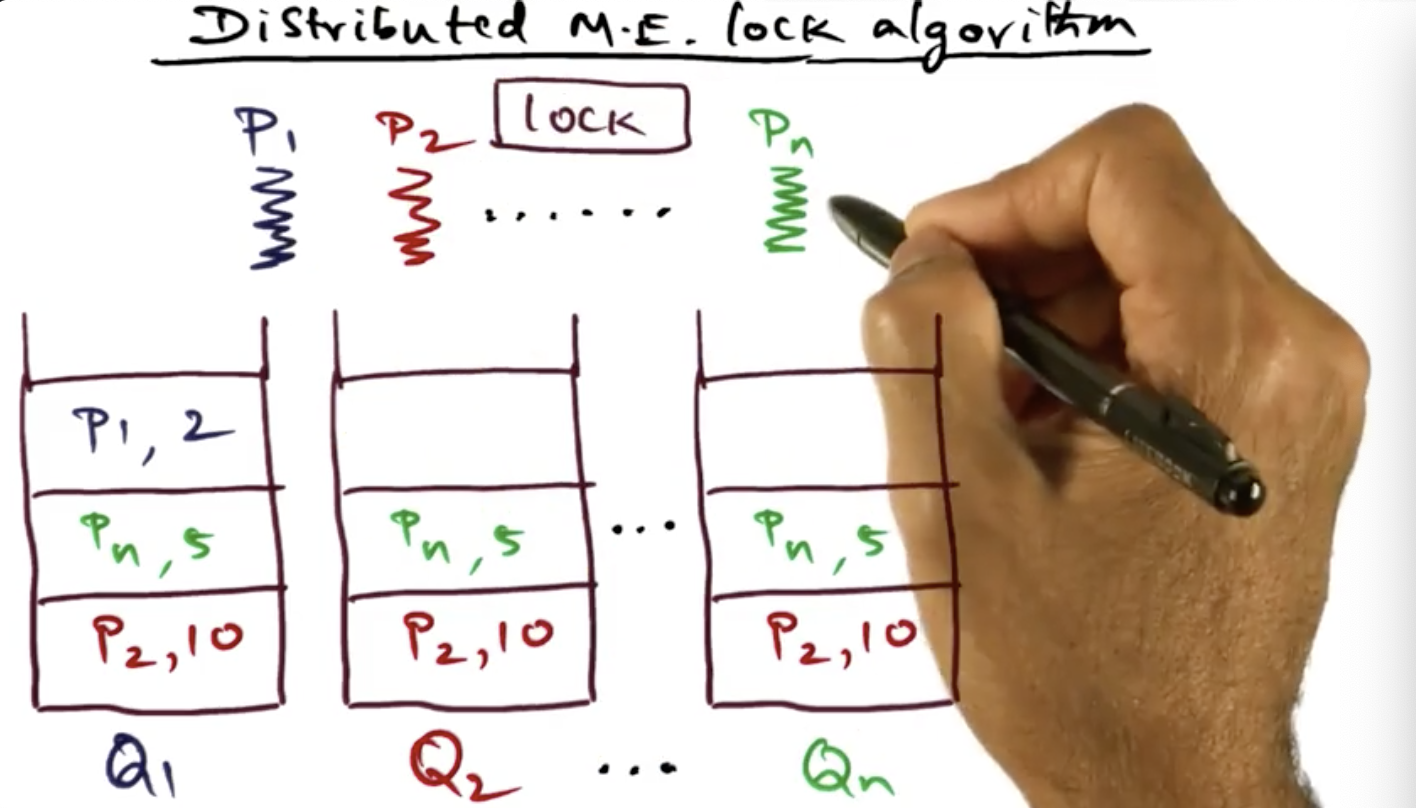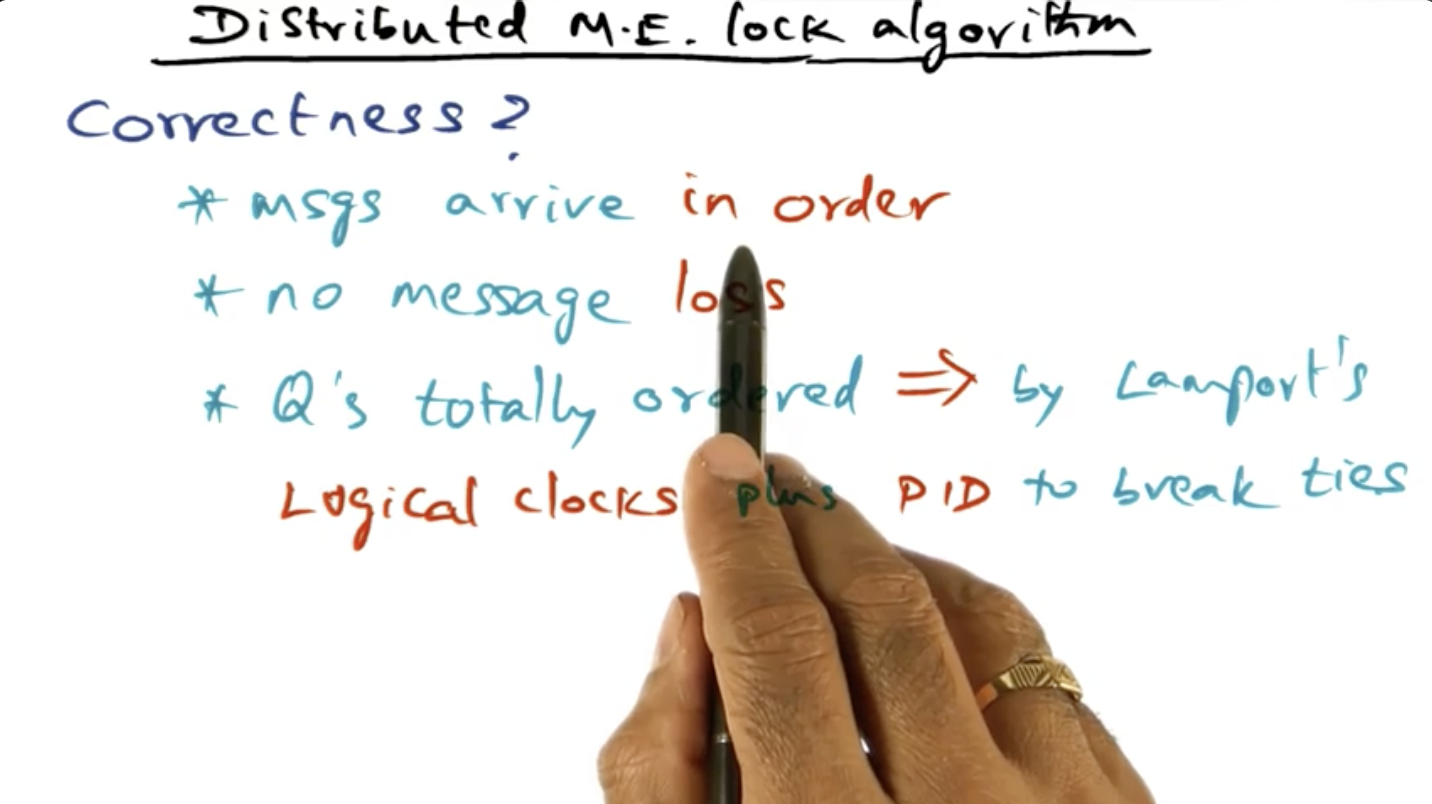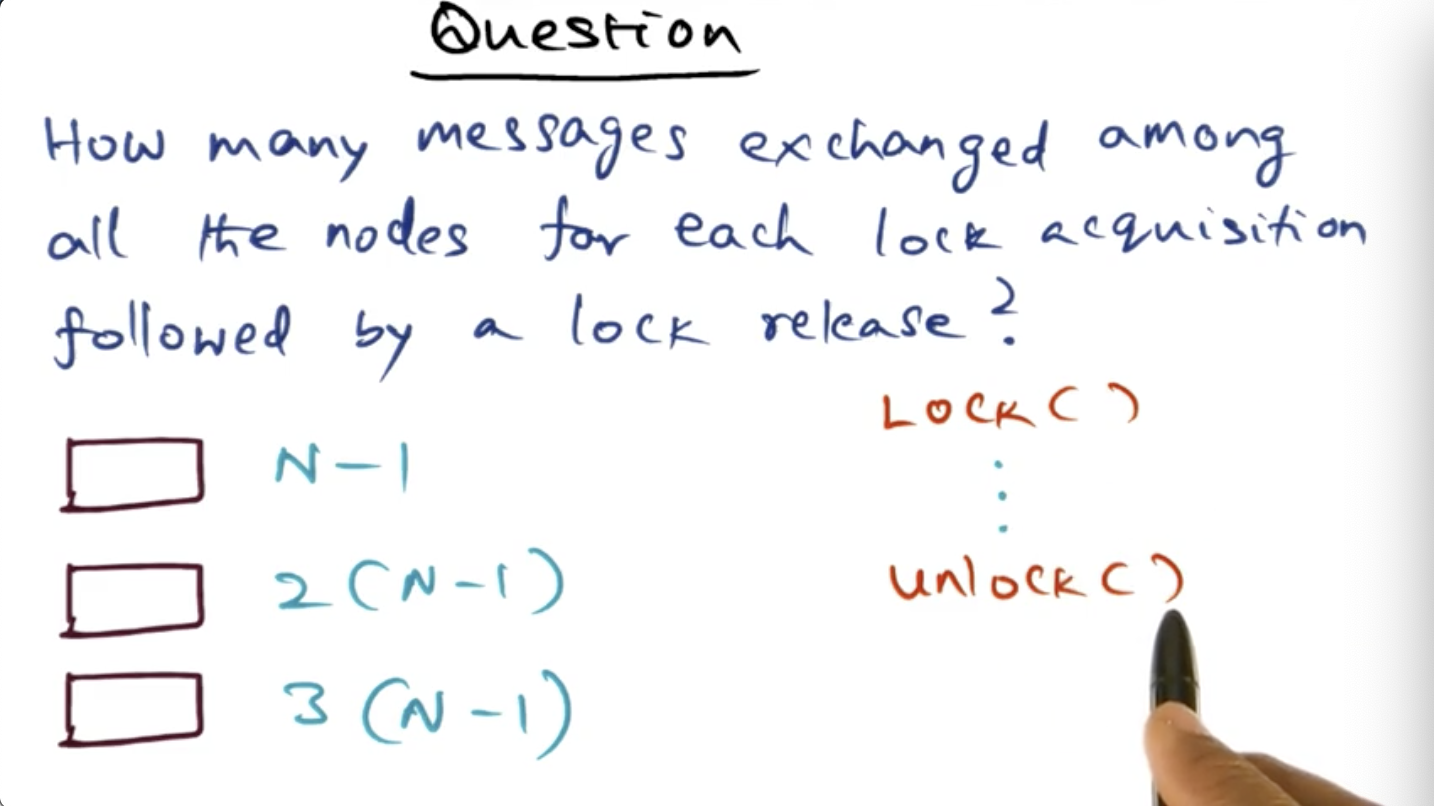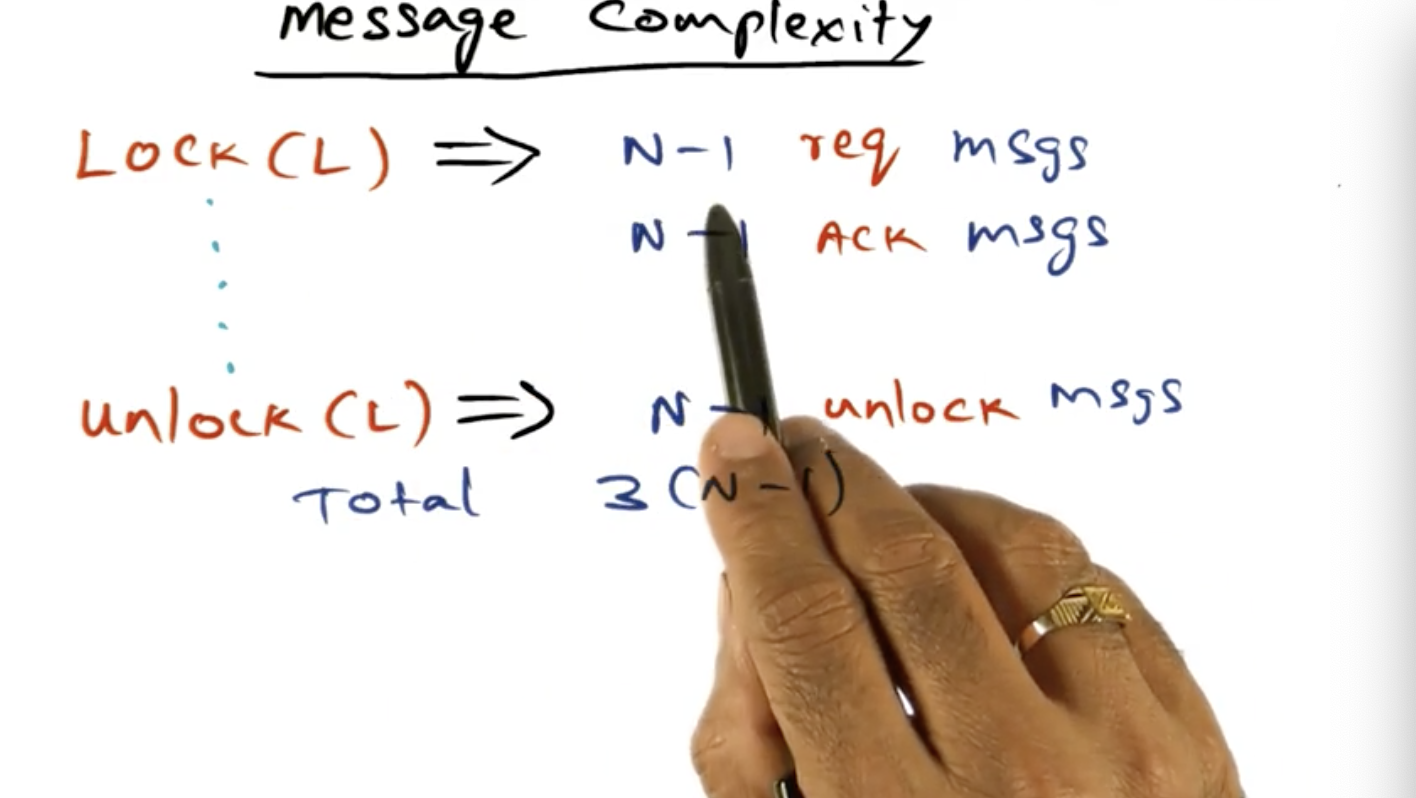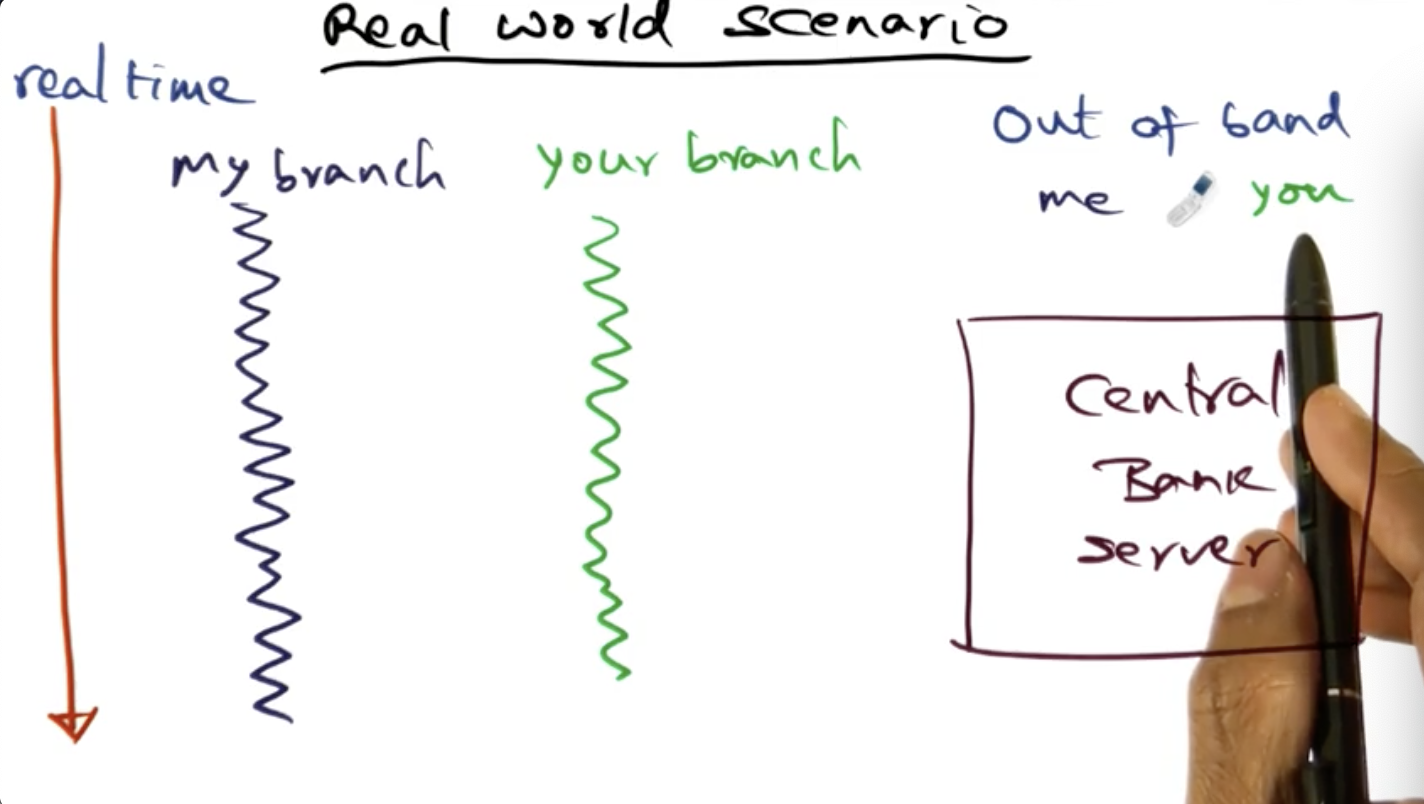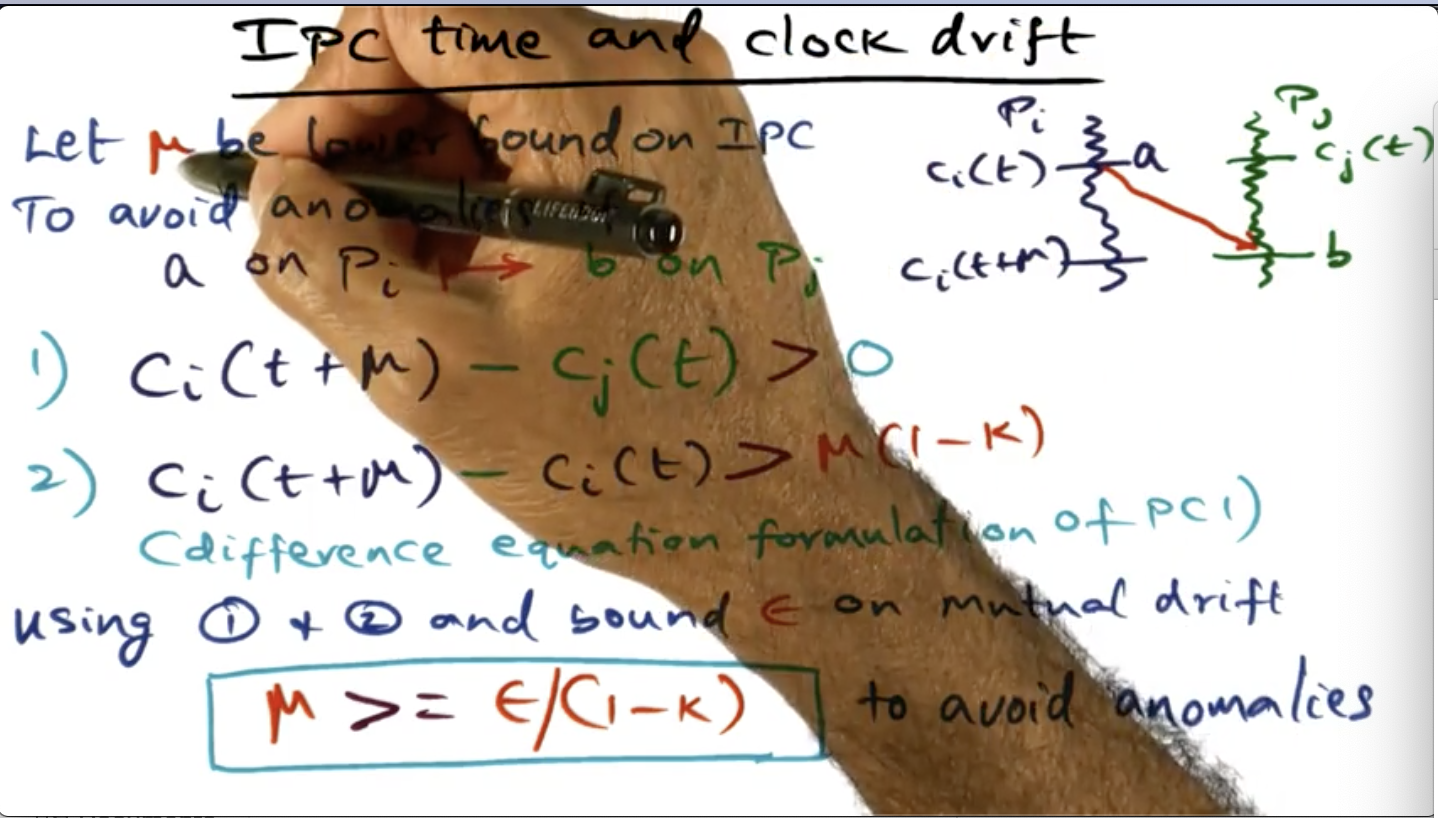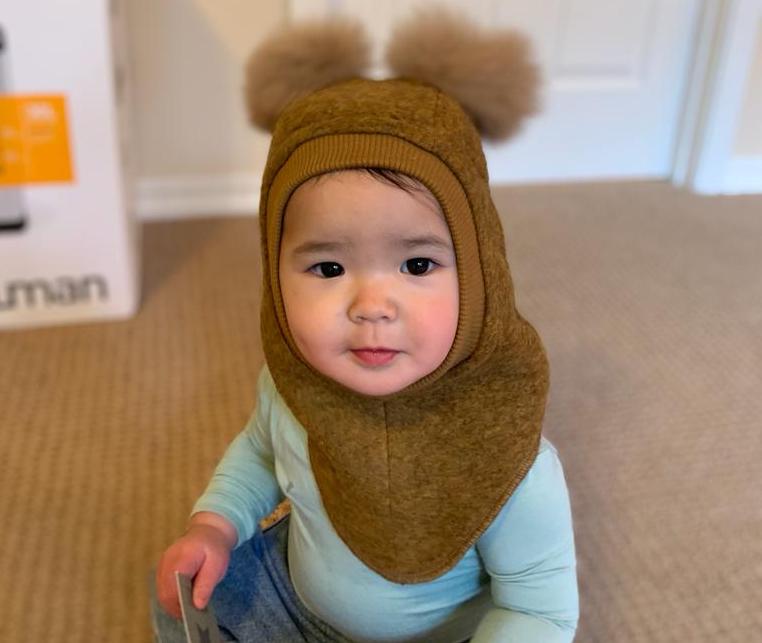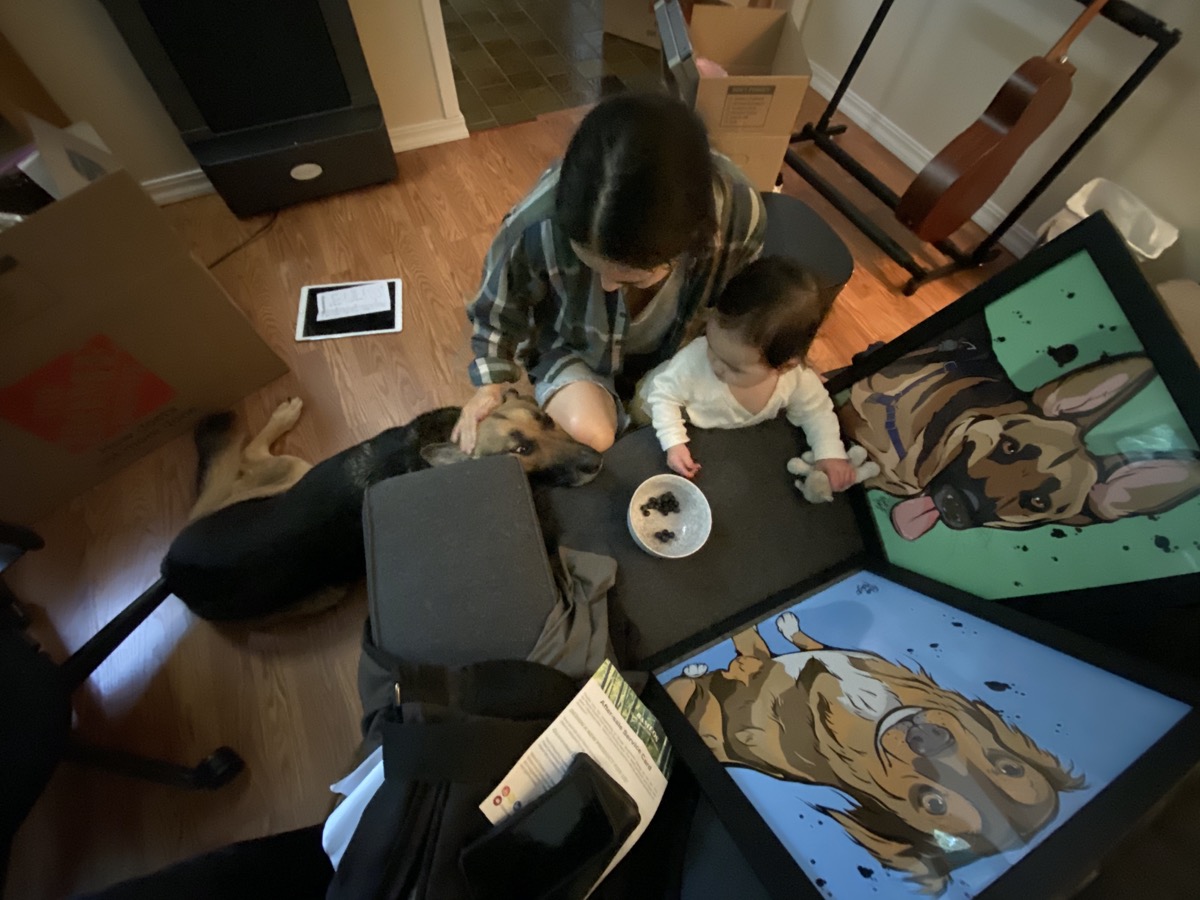Family
- Difficult time comforting Jess when she’s upset. It’s insane but it’s so easy for me to gently console other people (like friends or even strangers) when they are upset but I find it incredibly difficult to do the same for Jess. The words just don’t come out. It’s difficult to put into words why I cannot comfort her but I just feel much more vulnerable and my throat chokes when I see her upset, making it difficult for me to even utter any words of comfort.
- Watched Elliott on my day off work and brought her over to her cousins house for a little play date. Jess needed time to herself to get some work done so I too Elliott over to her cousins house (10 minutes away, now that we live in Renton) and I totally get why parents have play dates now. It’s so much easier to watch the kids when they are engaged with one another and you don’t have to be the single source of entertainment.
What I learned
- The term anonymous pages. In virtual memory management (VMM), an anonymous page is a page not backed by any particular file1 and is used for things like the stack, or the heap, or copy-on-write pages. The term (anonoymous pages) was brought in the video lectures on global memory systems (see section below: graduate school).
Graduate School
Project 3
- Set up my local development environment using CMake and something called vcpkg. I’m curious why we are using CMake instead of Make: what are the advantages of using the former? And what does vcpkg do?
- Successfully imported protobuf header in my “store.cc” code. Just like in professional development, the best way to build momentum for a new development project is by committing as small pieces of code that push the project forward, even if its an inch.
Lectures
- Watched half the on global memory systems. This is an interesting topic, paging out not directly to disk but to other node’s memory systems using the local area network (LAN) instead. I’m assuming here that the time to spin the head of a physical hard disk exceeds the time to generate a packet and for the packet to traverse the network. Otherwise, what’s the point?
Relearning from my own notes
- Unified buffer cache. This term seemed eerily familiar so I searched through my previous blog posts and found the actual post where I learned this concept. It’s always a nice feelings to rediscover your own learning.
Music
[fvplayer id=”5″]
- Played around with different chord options on the guitar. My guitar instructor (Jared Borkowski) shared a beta PDF guide called “Chords with colors” so I spent a few minutes noodling with my guitar and recorded a quick little clip (above).


